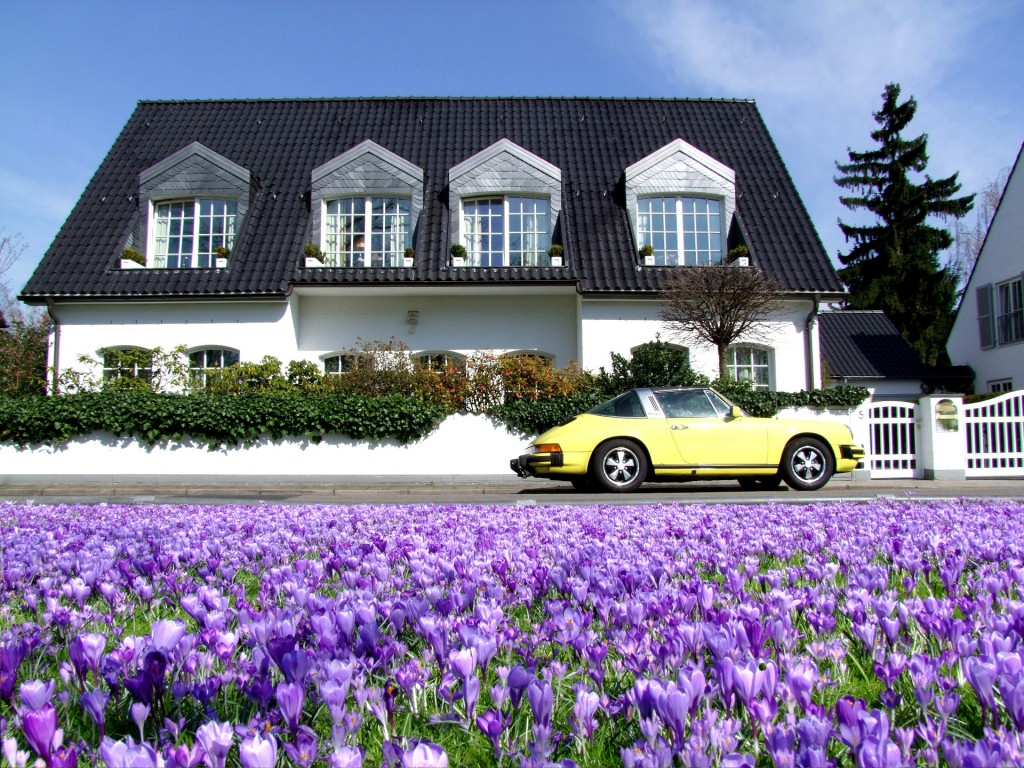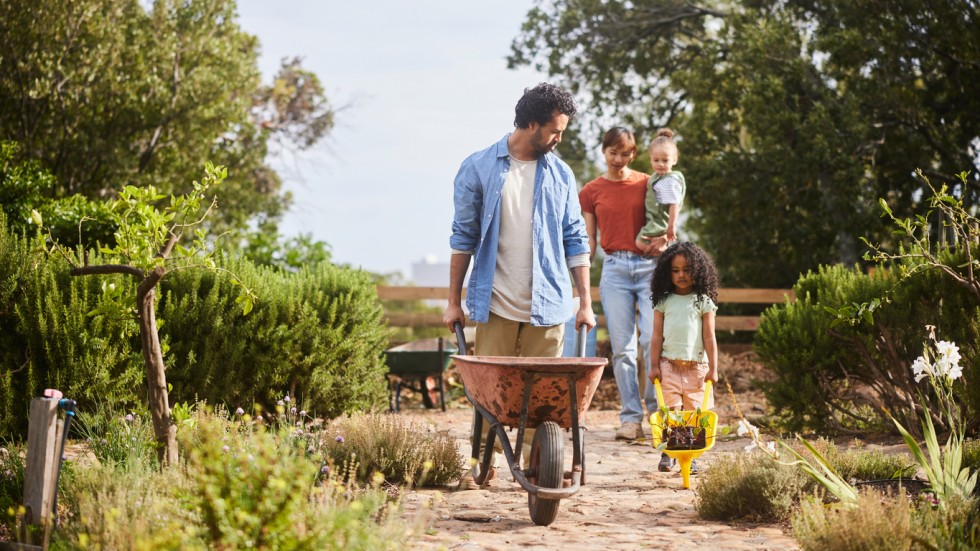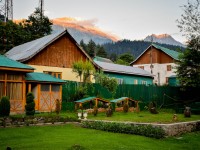Landscaping can be a rewarding venture, allowing you to flex your creative muscles and transform your outdoor space. However, it’s also a project that requires careful planning, dedication, and knowledge. Whether you’re adding a few flower beds or redesigning your entire yard, here are some comprehensive tips and tricks for your DIY landscaping project, including insights on using retaining wall steel posts and self-storage units.
1. Design and Plan
Before you plunge a spade into the soil, it’s essential to develop a clear and detailed plan. Begin with a sketch of your yard, noting the locations of various elements such as trees, paths, buildings, and existing garden beds. Think about sunlight exposure, soil type, and local climate, and plan your plants and features accordingly. A well-thought-out plan is your blueprint to a successful landscaping project, helping you avoid costly mistakes and ensuring your landscape will thrive.
2. Start Small, Think Big
A complete landscape makeover can be daunting, so consider breaking the project into smaller, more manageable parts. Focus on one flower bed or section of the yard at a time. This piecemeal approach makes the task less overwhelming and allows for adjustments as you learn what works and what doesn’t.
3. Incorporate Retaining Walls
Steel posts are a robust and versatile choice if your landscape design includes a retaining wall. These offer unparalleled strength and durability, making them perfect for retaining soil. Furthermore, steel posts can accommodate various aesthetic finishes like wood, stone, or concrete, enabling you to tailor them to your desired look.
When installing retaining wall steel posts, it’s crucial to ensure proper spacing for optimal strength. They should be adequately anchored into the ground and backfilled with gravel for drainage. Retaining walls add structural support to your garden, provide aesthetic interest, and create multi-levels for planting.
4. Utilize Self-Storage Units
Landscaping projects involve various tools, materials, and equipment that can quickly create clutter in your yard. Renting a self-storage unit can mitigate this problem, providing a secure place to store items not immediately in use.
A self-storage unit is especially useful for longer-term projects, protecting your materials from harsh weather conditions. This is particularly important for sensitive items like seeds, certain tools, or materials like timber that might warp or rot in adverse weather. Also, a clutter-free yard is safer and more pleasant to work in.
5. Invest in Quality Tools and Materials
Your landscaping project’s success can hinge on the quality of your tools and materials. Investing in high-quality tools, from sturdy wheelbarrows to sharp pruning shears, can make your work more efficient and enjoyable. They may cost more upfront, but their durability means they’ll pay for themselves over time.
The same principle applies to materials. From the plants you choose to the soil you plant them in, quality matters. Premium soil, for instance, will provide your plants with the nutrients they need to thrive. High-quality mulch can help retain soil moisture and suppress weeds.
6. Educate Yourself
While planning and preparation are crucial, there’s no substitute for knowledge. Learn as much as possible about landscaping practices, plant species suitable for your area, soil preparation, and ongoing maintenance. You can find a wealth of information in gardening books, online resources, and local workshops. Feel free to seek advice from local nurseries, horticultural societies, or experienced gardeners in your neighborhood.
7. Plan for Maintenance
As you plan, be realistic about how much time and effort you can dedicate to garden maintenance. If your schedule is already packed, opt for low-maintenance plants and design elements. Consider incorporating features like automatic irrigation systems that can save you time and effort in the long run.
8. Recycling and Composting
Using garden waste through composting is an excellent way to reduce waste and enrich your soil. Composting is a simple process that transforms garden and kitchen waste into nutrient-rich compost. This ‘black gold’ can improve soil structure, provide nutrients to your plants, and retain soil moisture.
9. Safety First
Landscaping projects can involve heavy lifting, potentially harmful tools, and strenuous physical activity. Always prioritise your safety and the safety of those around you. Wear appropriate protective gear, including gloves, sturdy shoes, and safety glasses. When lifting heavy objects, use proper lifting techniques to avoid injuries. If a task seems too dangerous, feel free to hire a professional.
10. Be Patient and Enjoy the Process
Landscaping is an ongoing journey, not a destination. Plants need time to grow and mature, and it can take several seasons for your landscape to become its own. Be patient, and remember to enjoy the process. The satisfaction of watching your garden transform is one of the greatest rewards of DIY landscaping.
11. Adjust and Adapt
Even with the best planning, you may find some things go differently than expected. A particular plant might not thrive in its chosen spot, or a design feature may not work as well as you’d hoped. Don’t be disheartened; these are opportunities to learn and adapt. Your plans should be flexible, allowing for adjustments as you discover what works best for your space and your lifestyle.

In conclusion, a DIY landscaping project can be a fulfilling endeavor that transforms your outdoor space into a beautiful, personalized oasis. By planning carefully, investing in quality tools and materials, utilizing resources like self-storage units and retaining wall steel posts, and being prepared to learn and adapt, you can make your dream garden a reality. Enjoy the journey and the gratification of creating your own beautiful landscape.





